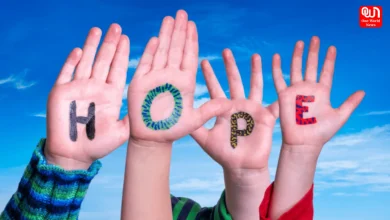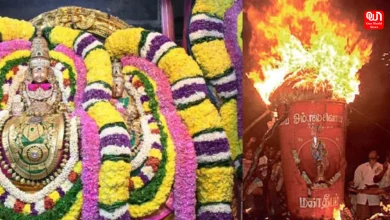Rainbow-ed

Rainbow-ed
Uncle Sam agrees to bless the couple!
I woke up to a colourful morning of the 27th June to be greeted with the news from America about the legalization of same-sex marriages. The White House was illuminated in rainbow colours celebrating this historical verdict, facebook profile pictures turned a palette of rainbow stripes as a part of celebrating pride and equality, and everywhere people were talking about how ‘love wins’. That this verdict should come just a week before the American Independence Day on 4th July might be only a coincidence but it makes the entire mood and spirit of the public more jubilant and the celebrations galore.

But how did the rainbow flag come to be a symbol of the Gay pride movement? Gilbert Baker, who designed the original rainbow flag in 1978 had said in an interview, “We needed something that expressed us. The rainbow really fits that, in terms of: we’re all the colors, and all the genders and all the races. It’s a natural flag; the rainbow is in the sky and it’s beautiful. It’s a magical part of nature.”
The recognition of homosexuality as something as ‘natural’ and ‘magical’ has met with strong opposition through the years, particularly from conventional Christians’ fanatic following of certain passages in the Bible. Leviticus 20:13 of the Bible says,

“If a man lies with a male as he lies with a woman, both of them have committed an abomination. They shall surely be put to death. Their blood shall be upon them”.
For all these years, such few mentions of homosexuality in the Bible were used as the perfect weapon of revolt to regard homosexuality as ‘unnatural’ and ‘sinful’. It has taken a long time and continuous struggle by the LGBT community for Christians to realise that the Bible, more than anything, asks people to be compassionate and that such statements are often read without context. Also, it is argued, that the Bible says a lot of other things are sinful and unnatural like eating pork, wearing polyester, playing football but we do them anyway.

In contrast, Greek culture showed and recognized homosexuality in its epics. The heroic love between Achilles and Patroclus and that between Alexander the Great and his childhood friend Hephaestion became inspiration to modern gay lovers.
Moving to the Indian context, where same-sex marriage is still not legalized, the famous Kama Sutra states that homosexual sex “is to be engaged in and enjoyed for its own sake as one of the arts.” Also, Vyasa shows Shikhandi in the Mahabharata as embodying all queer people – from gays to lesbians to Hijras to transgendered people to hermaphrodites to bisexuals! In this sense, it would be safe to say that Aryan culture recognized homosexuality much before the rest of the world did. And yet, we are still waiting for gay marriage to be legalized here.

But since, all is well that ends well and it is not yet the end here, and I see another profile picture turned rainbow, here is hoping that such rainbow times arrive in India soon enough too.
Rotator Picture Source






